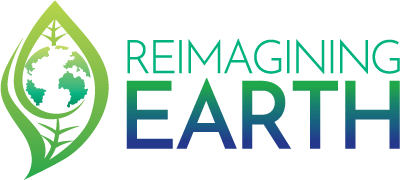Hello, hope you are all doing well! This is Romal, and I’m back here to shine some light on an interesting topic – Cloud Seeding. Just as the name sounds, this technique involves injecting controlled particles into the cloud to induce precipitation in the form of rain or snow.
Now, did you know that this process has been in place since the 1940s? There wasn’t substantial evidence that this technique actually worked until recently. Particles of silver iodide, potassium iodide or dry ice are injected into the cloud using aeroplanes in a process called “seeding.” When this happens, the water particles get bigger as they hit the chemicals and start to freeze. In a few hours, the snowflakes get bigger/heavier and precipitate. The chemical particles necessary for cloud seeding provide a framework for the water molecules in the cloud to freeze, which then allows for rain or snow. As you can imagine, this is not a straightforward process since these kinds of natural experiments are largely dependent on the weather. Since the effectiveness of cloud seeding is highly dependent on atmospheric conditions that constantly change, further analysis is necessary in order to ensure that the procedure is successful.
Let’s dive a bit deeper to understand the benefits of cloud seeding. One of the main advantages of this method is that it has the ability to reduce drought in areas that experience less rainfall. Some of the states within the USA (such as California, Colorado, Utah, Idaho, etc.) have expanded their operations on cloud seeding as these areas have been facing severe drought conditions for the past several years. Cloud seeding can also be used to alter weather conditions. For example, it can reduce the size of hailstorms, control the fog around airports, or fight forest fires. This technique has also been used to divert rainfall, such as its use during 2008 Olympics in Beijing. Major ski resorts have been using cloud seeding to induce snowfall as well.
However, cloud seeding has its fair share of debates and controversies as well. There are important discussions about topics such as the ownership of clouds and legal title to the cloud. Additionally, some scientists argue that cloud seeding doesn’t really create precipitation, but only redistributes rain and snow to other places. This raises governance questions pertaining to ethics about how some areas are favored and receive more rainfall, altering the natural atmospheric conditions. Another disadvantage is that the technique of cloud seeding is expensive as well. Some ecologists are also worried that with chemicals mixed into the rainfall due to cloud seeding, there could be environmental harms like bioaccumulation that may affect aquatic life. Little is known regarding the impact of long-term exposure to cloud seeding. Continuous exposure to these chemicals could cause the development of skin problems like argyria. Extensive research is still necessary before embracing cloud seeding as a long-term solution.
I would love to hear your thoughts on this. Please join me on this discussion!





